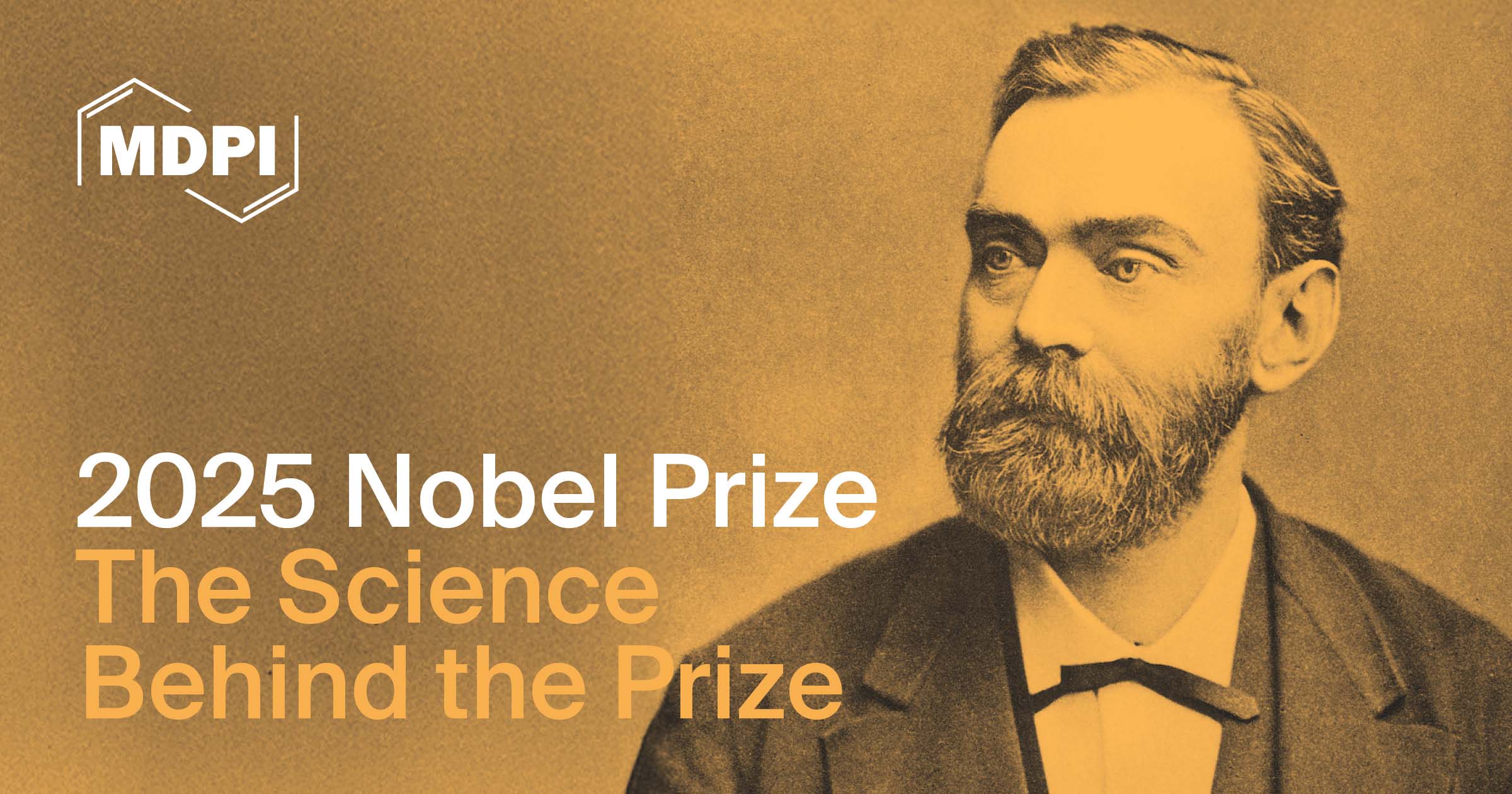-
 The Emergence of Ecological Consciousness: A Transformative Journey
The Emergence of Ecological Consciousness: A Transformative Journey -
 Youth Development Through the Arts: Conceptualizing Culture-Centered, Community-Based Youth Arts (CCYA) Programs
Youth Development Through the Arts: Conceptualizing Culture-Centered, Community-Based Youth Arts (CCYA) Programs -
 Broadening the Meanings of Youth Climate Activism: A Review of the Literature from Asia
Broadening the Meanings of Youth Climate Activism: A Review of the Literature from Asia -
 Critical Positive Youth Development in Non-Traditional Sport Spaces
Critical Positive Youth Development in Non-Traditional Sport Spaces
Journal Description
Youth
- Open Access— free for readers, with article processing charges (APC) paid by authors or their institutions.
- High Visibility: indexed within ESCI (Web of Science), EBSCO, and other databases.
- Journal Rank: JCR - Q2 (Social Sciences, Interdisciplinary)
- Rapid Publication: manuscripts are peer-reviewed and a first decision is provided to authors approximately 40.9 days after submission; acceptance to publication is undertaken in 5.8 days (median values for papers published in this journal in the first half of 2025).
- Recognition of Reviewers: APC discount vouchers, optional signed peer review, and reviewer names published annually in the journal.
- Journal Cluster of Education and Psychology: Adolescents, Behavioral Sciences, Education Sciences, Journal of Intelligence, Psychology International and Youth.
Latest Articles
Highly Accessed Articles
Latest Books
E-Mail Alert
News
Topics
Deadline: 1 December 2025
Deadline: 30 November 2026
Deadline: 28 February 2027
Conferences
Special Issues
Deadline: 30 October 2025
Deadline: 31 October 2025
Deadline: 31 October 2025
Deadline: 31 October 2025














